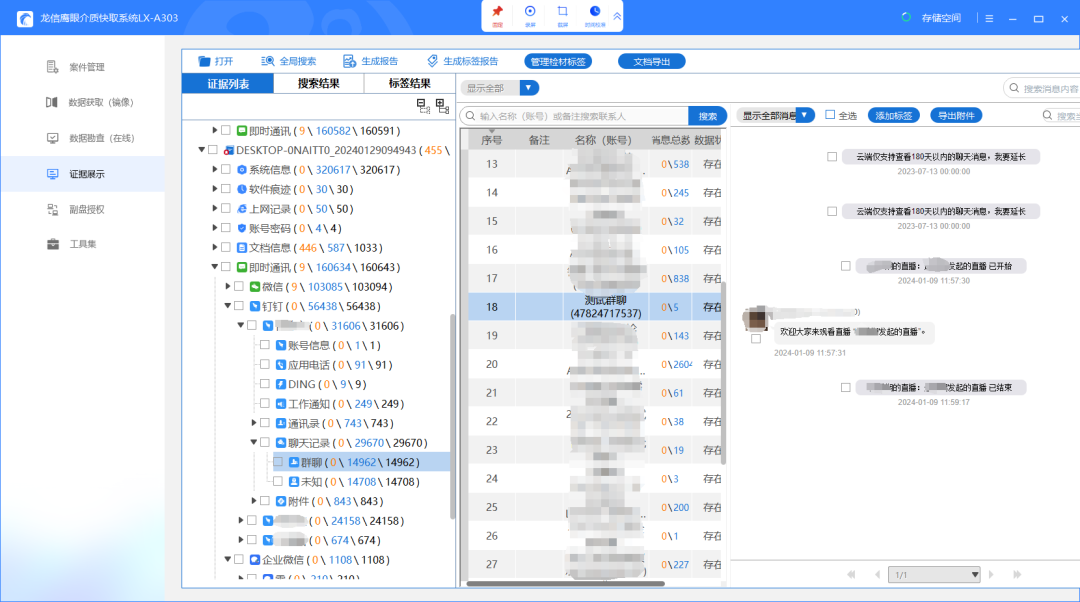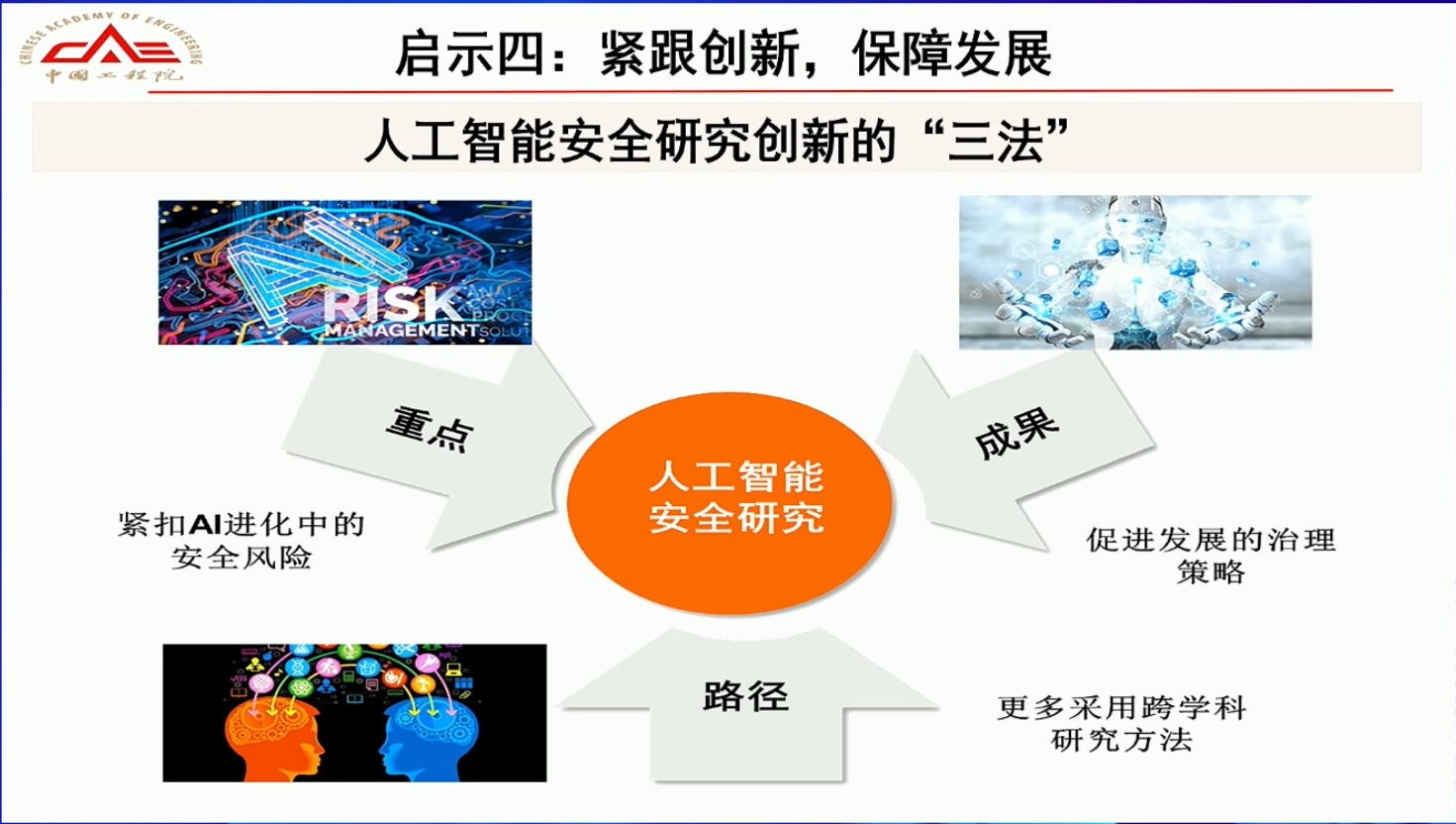阿里云CDN-ES脚本CI/CD实践
- 背景
- 环境
- 项目代码结构及发布脚本代码
- 1. 项目结构
- 2. 发布工具代码
- 流水线配置
- 1. 流程配置
- 2. 脚本代码
- 发布脚本说明
- 0. 配置账户
- 1. 清空测试环境(回滚测试环境)
- 2. 执行脚本发布
- 3. 发布(测试环境推送到生产环境)
- 4. 查询生产环境规则(可选)
背景
最近通过阿里云CDN,参照七牛的智能多媒体协议,实用阿里云CDN的ES脚本实现了视频元数据(avinfo)和缩略图(vframe)功能。
但是上述2个功能脚本需要部署到数十个域名中,一个一个复制非常困难。
查阅ES功能文档后,设计了CI/CD方案,方便日后迭代和代码管理。
环境
需要准备的环境如下:
- 阿里云CDN:本方案以阿里云CDN为基础,基于其边缘脚本EdgeScript功能实现。
- 阿里云云效-流水线:CI/CD工具,在这里不限制工具类型。主要以可实现功能为主。
- 代码仓库:用于管理代码,并作为CI/CD工具发布时获取源码的地方,不再赘述。
- Python3.x:发布基于Python3脚本。下方会给出。CI/CD工具内需要支持Python3.x环境
项目代码结构及发布脚本代码
1. 项目结构
项目结构指存放于Git代码仓库中的项目结构。

| 目录 | 说明 |
|---|---|
| ./src/cicd/ | 用于流水线执行发布的脚本,在流水线中负责将es脚本发布至对应域名下。 |
| ./src/edgeScript/ | ES的脚本代码 |
2. 发布工具代码
./src/cicd/cdn_es.py是基于阿里云帮助文档中的CLI工具代码改造而来。优化点如下:
- 修改原始代码为python3.x语法。
- 支持命令行直接传递
--id=${AK} --secret=${SK},无需先执行config命令,再执行部署命令。 - 修复原代码中的Bug。
代码如下:
#!/usr/bin/env python3
# -*- coding:utf-8 -*-
import logging
import sys
import os
import urllib.parse
import urllib.request
import base64
import hmac
import hashlib
import time
import uuid
import json
from optparse import OptionParser
import configparser
import traceback
access_key_id = ''
access_key_secret = ''
cdn_server_address = 'https://cdn.aliyuncs.com'
CONFIGFILE = os.getcwd() + '/aliyun.ini'
CONFIGSECTION = 'Credentials'
cmdlist = '''
1. Publish the ES rule to the simulated environment or production environment
./es.py action=push_test_env domain=<domain> rule='{"pos":"<head|foot>","pri":"0-999","rule_path":"<the es code path>","enable":"<on|off>"}'
./es.py action=push_product_env domain=<domain> rule='{"pos":"<head|foot>","pri":"0-999","rule_path":"<the es code path>","enable":"<on|off>","configid":"<configid>"}'
2. Query the ES rule in the simulated environment or production environment
./es.py action=query_test_env domain=<domain>
./es.py action=query_product_env domain=<domain>
3. Delete the ES rule in the simulated environment or production environment
./es.py action=del_test_env domain=<domain> configid=<configid>
./es.py action=del_product_env domain=<domain> configid=<configid>
4. Publish the ES rule from the simulated to production environment, or Rollback the ES rule in the simulated environment
./es.py action=publish_test_env domain=<domain>
./es.py action=rollback_test_env domain=<domain>
'''
def percent_encode(s):
res = urllib.parse.quote(s.encode('utf8'), safe='')
res = res.replace('+', '%20')
res = res.replace('*', '%2A')
res = res.replace('%7E', '~')
return res
def compute_signature(parameters, access_key_secret):
sortedParameters = sorted(parameters.items(), key=lambda x: x[0])
canonicalizedQueryString = ''
for k, v in sortedParameters:
canonicalizedQueryString += '&' + percent_encode(k) + '=' + percent_encode(v)
stringToSign = 'GET&%2F&' + percent_encode(canonicalizedQueryString[1:])
h = hmac.new((access_key_secret + "&").encode('utf-8'), stringToSign.encode('utf-8'), hashlib.sha1)
signature = base64.b64encode(h.digest()).decode('utf-8').strip()
return signature
def compose_url(user_params):
timestamp = time.strftime("%Y-%m-%dT%H:%M:%SZ", time.gmtime())
parameters = {
'Format': 'JSON',
'Version': '2018-05-10',
'AccessKeyId': access_key_id,
'SignatureVersion': '1.0',
'SignatureMethod': 'HMAC-SHA1',
'SignatureNonce': str(uuid.uuid1()),
'Timestamp': timestamp,
}
parameters.update(user_params)
signature = compute_signature(parameters, access_key_secret)
parameters['Signature'] = signature
url = cdn_server_address + "/?" + urllib.parse.urlencode(parameters)
return url
def make_request(user_params, quiet=False):
url = compose_url(user_params)
try:
req = urllib.request.Request(url)
with urllib.request.urlopen(req) as r:
if r.getcode() == 200:
print("Response Code:\n=============\n200 OK")
print("\nResponse Info:\n==============")
body = r.read()
body_json = json.loads(body)
body_str = json.dumps(body_json, indent=4)
print(body_str)
except urllib.error.HTTPError as err:
print("Response Code:\n=============")
print(err)
body = err.read()
body_json = json.loads(body)
body_str = json.dumps(body_json, indent=4)
print("\nResponse Info:\n==============")
print(body_str)
def configure_accesskeypair(args, options):
if options.accesskeyid is None or options.accesskeysecret is None:
print("config miss parameters, use --id=[accesskeyid] --secret=[accesskeysecret]")
sys.exit(1)
config = configparser.ConfigParser()
config.add_section(CONFIGSECTION)
config.set(CONFIGSECTION, 'accesskeyid', options.accesskeyid)
config.set(CONFIGSECTION, 'accesskeysecret', options.accesskeysecret)
with open(CONFIGFILE, 'w+') as cfgfile:
config.write(cfgfile)
def setup_credentials(args, options):
config = configparser.ConfigParser()
global access_key_id
global access_key_secret
if options.accesskeyid is None or options.accesskeysecret is None:
# 在这条分支下,命令中没有ak和sk
try:
config.read(CONFIGFILE)
access_key_id = config.get(CONFIGSECTION, 'accesskeyid')
access_key_secret = config.get(CONFIGSECTION, 'accesskeysecret')
except Exception as e:
print(traceback.format_exc())
print(
"can't get access key pair, use config --id=[accesskeyid] --secret=[accesskeysecret] to setup, or add --id=[accesskeyid] --secret=[accesskeysecret] after this cmd")
sys.exit(1)
else:
# 在这条分支下,直接使用命令中的ak和sk
access_key_id = options.accesskeyid
access_key_secret = options.accesskeysecret
def parse_args(user_params):
req_args = {}
if user_params['action'] == 'push_test_env' or user_params['action'] == 'push_product_env':
if 'domain' not in user_params or 'rule' not in user_params:
parser.print_help()
sys.exit(0)
data = []
for rule in user_params['rule']:
rule_cfg = {
# 'functionId': 180,
'functionName': 'edge_function',
'functionArgs': []
}
for k in rule:
arg_cfg = {}
if k == 'configid':
rule_cfg['configId'] = int(rule[k])
elif k == 'rule_path':
try:
with open(rule[k], "r", encoding='utf-8') as f:
code = f.read()
except IOError:
print("io error")
sys.exit(0)
arg_cfg['argName'] = 'rule'
arg_cfg['argValue'] = code
rule_cfg['functionArgs'].append(arg_cfg)
else:
arg_cfg['argName'] = k
arg_cfg['argValue'] = rule[k]
rule_cfg['functionArgs'].append(arg_cfg)
data.append(rule_cfg)
rule_str = json.dumps(data)
if user_params['action'] == 'push_test_env':
req_args = {'Action': 'SetCdnDomainStagingConfig', 'DomainName': user_params['domain'],
'Functions': rule_str}
else:
req_args = {'Action': 'BatchSetCdnDomainConfig', 'DomainNames': user_params['domain'],
'Functions': rule_str}
elif user_params['action'] == 'query_test_env':
if 'domain' not in user_params:
parser.print_help()
sys.exit(0)
req_args = {'Action': 'DescribeCdnDomainStagingConfig', 'DomainName': user_params['domain'],
'FunctionNames': 'edge_function'}
elif user_params['action'] == 'query_product_env':
if 'domain' not in user_params:
parser.print_help()
sys.exit(0)
req_args = {'Action': 'DescribeCdnDomainConfigs', 'DomainName': user_params['domain'],
'FunctionNames': 'edge_function'}
elif user_params['action'] == 'del_test_env':
if 'domain' not in user_params or 'configid' not in user_params:
parser.print_help()
sys.exit(0)
req_args = {'Action': 'DeleteSpecificStagingConfig', 'DomainName': user_params['domain'],
'ConfigId': user_params['configid']}
elif user_params['action'] == 'del_product_env':
if 'domain' not in user_params or 'configid' not in user_params:
parser.print_help()
sys.exit(0)
req_args = {'Action': 'DeleteSpecificConfig', 'DomainName': user_params['domain'],
'ConfigId': user_params['configid']}
elif user_params['action'] == 'publish_test_env':
if 'domain' not in user_params:
parser.print_help()
sys.exit(0)
req_args = {'Action': 'PublishStagingConfigToProduction', 'DomainName': user_params['domain'],
'FunctionName': 'edge_function'}
elif user_params['action'] == 'rollback_test_env':
if 'domain' not in user_params:
parser.print_help()
sys.exit(0)
req_args = {'Action': 'RollbackStagingConfig', 'DomainName': user_params['domain'],
'FunctionName': 'edge_function'}
else:
parser.print_help()
sys.exit(0)
return req_args
if __name__ == '__main__':
parser = OptionParser("%s Action=action Param1=Value1 Param2=Value2 %s\n" % (sys.argv[0], cmdlist))
parser.add_option("-i", "--id", dest="accesskeyid", help="specify access key id")
parser.add_option("-s", "--secret", dest="accesskeysecret", help="specify access key secret")
(options, args) = parser.parse_args()
if len(args) < 1:
parser.print_help()
sys.exit(0)
if args[0] == 'help':
parser.print_help()
sys.exit(0)
if args[0] != 'config':
setup_credentials(args, options)
else: # it's a configure id/secret command
configure_accesskeypair(args, options)
sys.exit(0)
user_params = {}
idx = 1
if sys.argv[1].lower().startswith('action='):
_, value = sys.argv[1].split('=')
user_params['action'] = value
idx = 2
else:
parser.print_help()
sys.exit(0)
for arg in sys.argv[idx:]:
try:
key, value = arg.split('=', 1)
if key == 'rule': # push_test_env / push_product_env
if 'rule' not in user_params:
user_params['rule'] = []
user_params['rule'].append(json.loads(value))
else:
user_params[key.strip()] = value
except ValueError as e:
print(str(e).strip())
raise SystemExit(e)
req_args = parse_args(user_params)
print("Request: %s" % json.dumps(req_args))
make_request(req_args)
流水线配置
1. 流程配置
流水线流程配置非常简单,下载代码后1次脚本执行即可完成单个域名的部署。如果需要进行多域名部署,则重复配置“步骤”即可。

2. 脚本代码
老规矩,先发布代码。读代码前注意:
- 变量${domain}为流程需要进行变更的域名。在当前流水线中,配置在了“变量和缓存”中,作为字符串变量
- 如果发布的流水线的域名是固定的,可在发布脚本中直接配置。
# 1. 清空测试环境
python ./src/cicd/cdn_es.py action=rollback_test_env domain=${domain} --id=${CDN_AK} --secret=${CDN_SK}
# 2. 发布脚本到测试环境-script1
export esName=script1_$(echo "${DATETIME}" | tr '-' '_')
export esOriFile=./src/edgeScript/script1.es
## 将要发布的脚本文件的内容复制到待发布文件中,在这一步中如果需要替换环境变量,可以使用sed命令
cat ${esOriFile} > ./cdn.es
python ./src/cicd/cdn_es.py action=push_test_env domain=${domain} 'rule={"name":"'${esName}'","pos":"head","pri":"0","rule_path":"./cdn.es","enable":"on","brk":"on","option":""}' --id=${CDN_AK} --secret=${CDN_SK}
## 如果有更多脚本,可以复制上面5-10行的内容,直到所有脚本发布完毕。
# 3. 将测试环境脚本发布到正式环境
python ./src/cicd/cdn_es.py action=publish_test_env domain=${domain} --id=${CDN_AK} --secret=${CDN_SK}
# 4. 查询正式环境脚本(用于记录,后期方便排查日志)
python ./src/cicd/cdn_es.py action=query_product_env domain=${domain} --id=${CDN_AK} --secret=${CDN_SK}
发布脚本说明
0. 配置账户
注意,这一步可以省略,并在下面所有命令后面添加–id={ak} --secret={sk}参数
python ./src/cicd/cdn_es.py config --id={ak} --secret={sk}
1. 清空测试环境(回滚测试环境)
为避免测试环境中存在未配置的脚本,需要通过这一步骤进行清空。如果提示404是正常的(说明本来就没有)
python ./src/cicd/cdn_es.py action=rollback_test_env domain={domain} --id={ak} --secret={sk}
2. 执行脚本发布
注意,在这一步中,需要将所有脚本都进行发布。所以如果域名下有多个脚本,需要多次添加,执行所有脚本的添加步骤。
变量说明
| 变量名 | 说明 |
|---|---|
| domain | 域名 |
| esName | 规则名称 |
| esOriFile | 脚本原始文件名称 |
另外,命令中的JSON需要按照实际情况进行调整。
python ./src/cicd/cdn_es.py action=push_test_env domain={domain} rule={\"name\":\"{esName}\",\"pos\":\"head\",\"pri\":\"0\",\"rule_path\":\"./cdn.es\",\"enable\":\"on\",\"brk\":\"on\",\"option\":\"\"} --id={ak} --secret={sk}
3. 发布(测试环境推送到生产环境)
执行完成所有脚本添加后,进行发布
python ./src/cicd/cdn_es.py action=publish_test_env domain={domain} --id={ak} --secret={sk}
4. 查询生产环境规则(可选)
建议在最后执行该步骤,方便日后追溯查询
python ./src/cicd/cdn_es.py action=query_product_env domain={domain} --id={ak} --secret={sk}



















